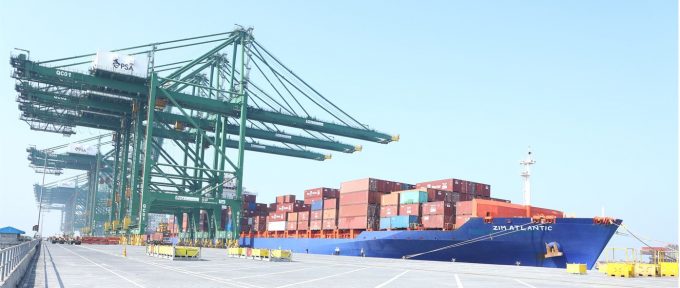Gemini Cooperation carriers steam ahead of rivals in reliability stakes
Ocean carriers “need a big nudge” to get their global on-time performance (OTP) back to ...

Apart from rocketing freight rates, Indian exporters face another supply chain challenge linked to the Red Sea crisis: equipment availability.
A shortage of empty containers is building at major container ports and hinterland locations, freight forwarder sources told The Loadstar.
They say equipment pressure is more pronounced at the ports of Nhava Sheva and Mundra, which together handle the lion’s share of India’s containerised ocean trade.
A Mumbai-based forwarder noted: “40ft hi-cube boxes are acutely scarce. We have had to turn down bookings ...
Maersk u-turn as port congestion increases across Northern Europe
Apple logistics chief Gal Dayan quits to join forwarding group
Maersk Air Cargo sees volumes fall as it aims for 'margin in favour of revenue'
Airlines slash freighter capacity post-de minimis, but 'the worst is yet to come'
Houthis tell Trump they will end attacks on Red Sea shipping
Transpac rates hold firm as capacity is diverted to Asia-Europe lanes
MSC revamps east-west network as alliance strategies on blanking vary
India-Pakistan 'tit-for-tat' cargo ban sparks sudden supply chain shocks


Comment on this article